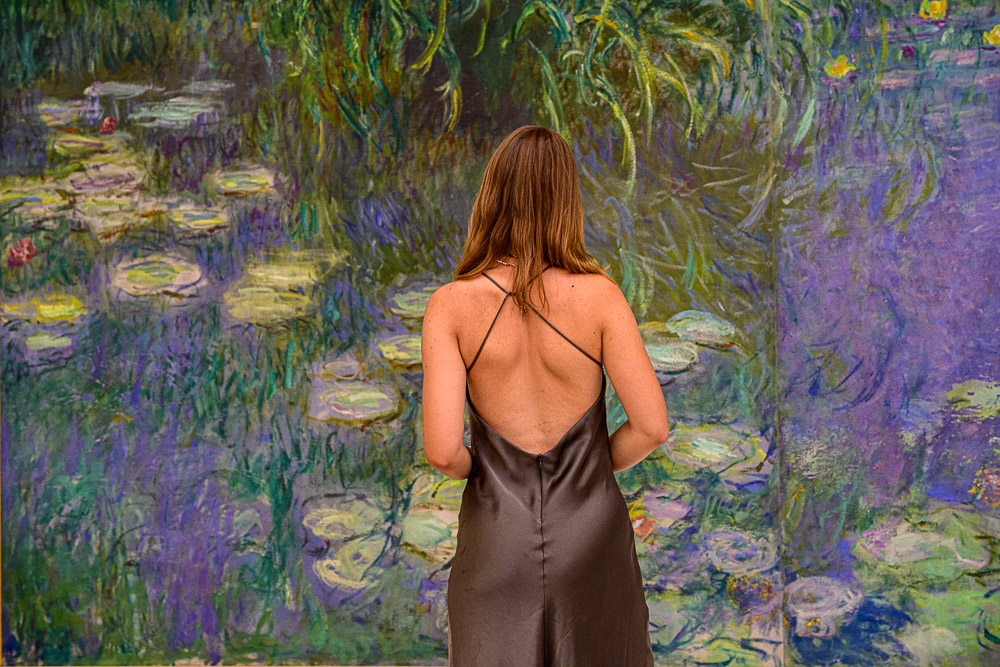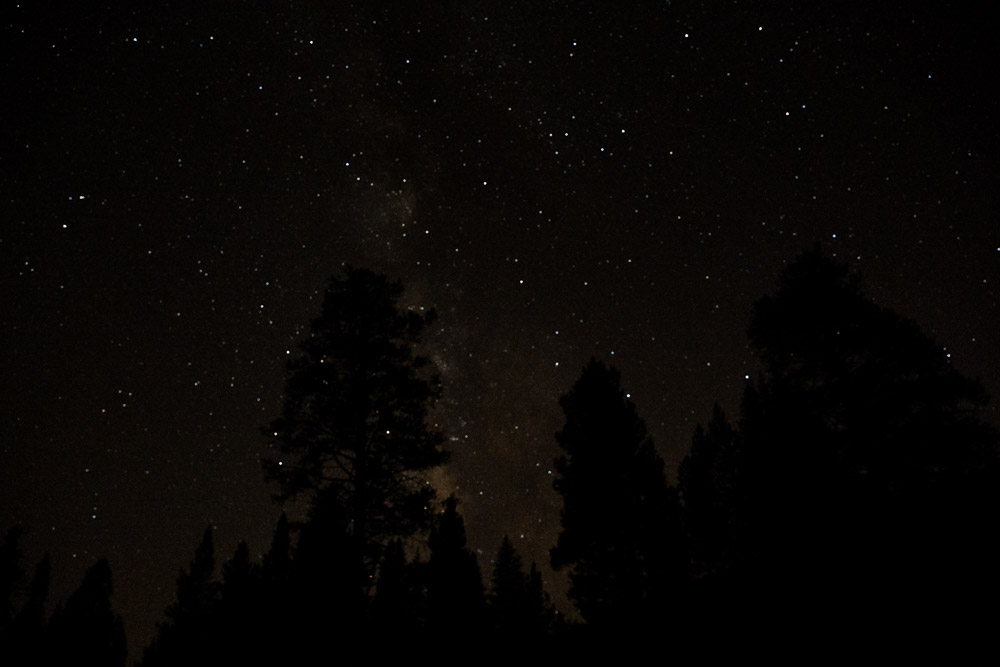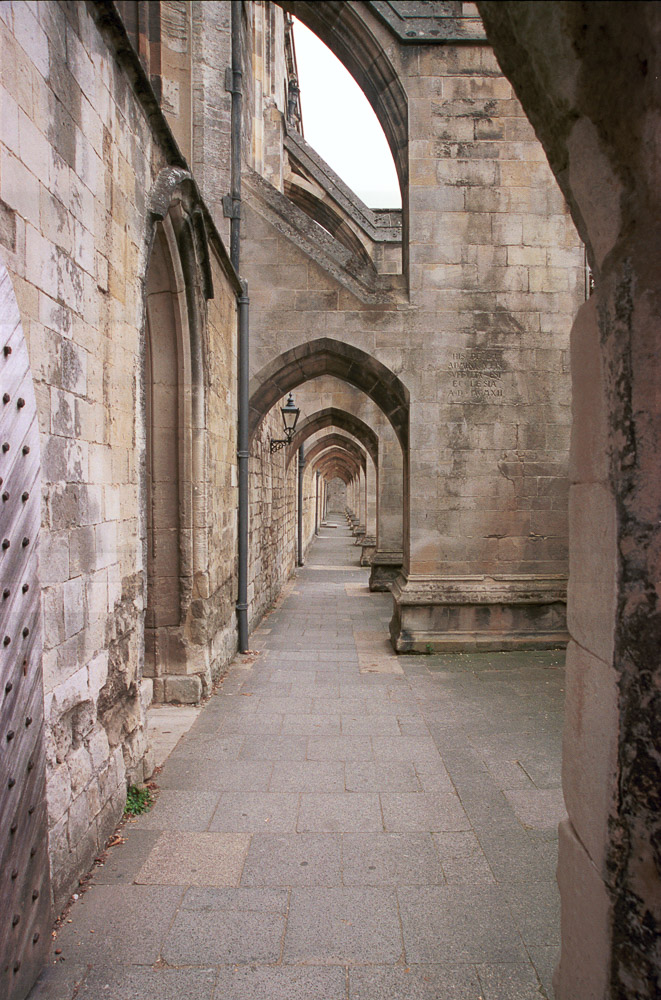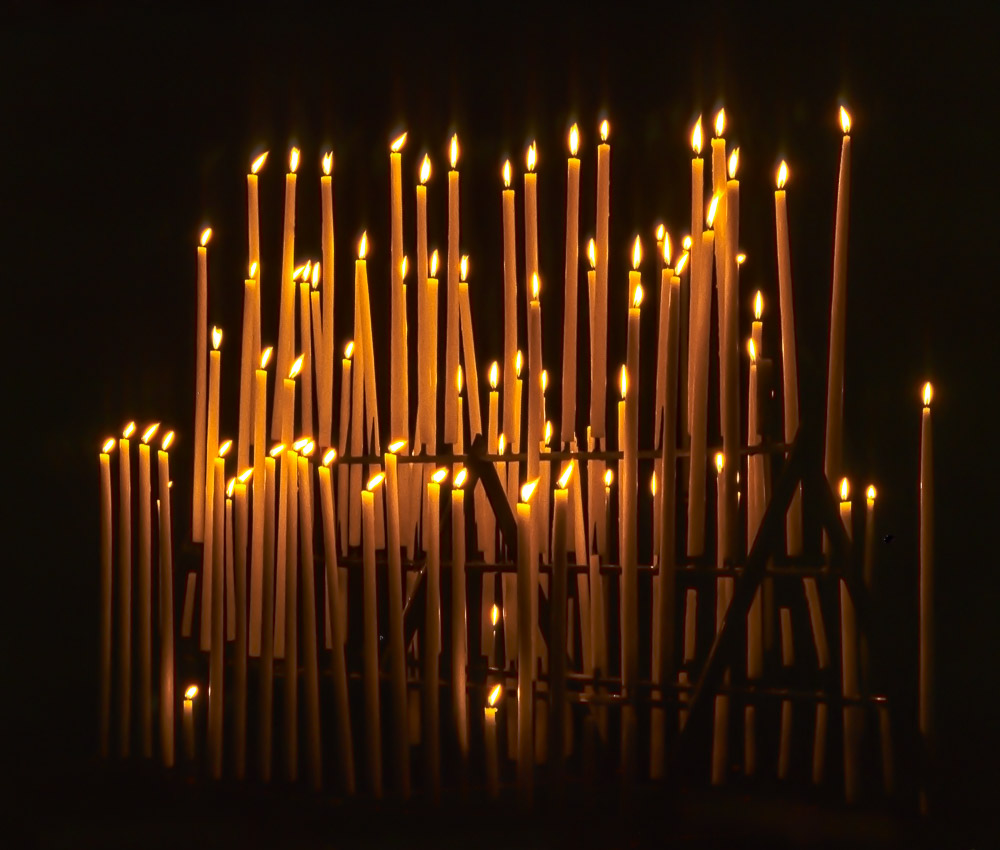Yeah, we’re highly trained and experienced photographers who always take “serious” photographs (whatever those are). But do you ever find yourself being a tourist? I recommend it as a balance to our vision.
Tourist
Tourism is huge business. Especially after Covid restrictions people seem to be in a frenzy of wanting to travel. So much so that it has become a problem for popular areas. And many people are just rotten and inconsiderate tourists. Don’t be a bad tourist. I am not discussing any of these issues. Just the subjective point of view of a tourist.
 Tourists queue in front of the Louvre in Paris in 2017. The museum shut down for one day earlier this year after employees walked out due to overcrowding (Credit: Getty Images)
Tourists queue in front of the Louvre in Paris in 2017. The museum shut down for one day earlier this year after employees walked out due to overcrowding (Credit: Getty Images)I have written before about how I like to travel. This is a different take on it.
The desire for travel and tourism seems to be inherent in most of us. It is a longing to explore and experience new and different things.I liked this definition of what a tourist is:
In simple terms, a tourist is an individual who embarks on a journey to explore new places, experience different cultures, and seek relaxation or adventure. They are the adventurers, the beachcombers, the culture enthusiasts, and the thrill-seekers. They are the ones who venture beyond their everyday lives to discover the wonders that the world has to offer.
As a photographer
All of those things can be true of a tourist, but a photographer may have additional objectives. I realize that many people on vacation only want to take selfies and classic tourist shots of iconic places. Nothing wrong with that if it is what gives you pleasure. But I am discounting it here, because I have additional goals and, if you are reading this, I figure you do too.
 ©Ed Schlotzhauer
©Ed Schlotzhauer
Whether traveling or being in my home area, I want to shoot images that reflect my vision. That bring a unique and different perspective on what I am seeing. This can be a challenge as a tourist. We are in unfamiliar territory seeing new sights with perhaps a tight schedule or even the dreaded “group tours” to deal with.
If we are traveling to a distant location for vacation, we probably cannot justify taking all the gear we would like to have. We may have language and transportation challenges to overcome. And we may not be in full control of our schedule.
Ultimately, unless you are one of the fortunate ones who can plan a multiple week stay in one location, we are under real or perceived time pressure. I hope you do not plan one of those “6 countries in 5 days” trips. But even with a more leisurely schedule, we know we have places to go and things to see in the time we have.
This means we do not usually have the luxury of settling in and getting to know an area. To find the rhythms and pace of the place. To learn to see beyond the superficial. We are a tourist.
Out of control
In effect, this renders us out of control. We have to live with the schedule and the travel arrangements and the lighting and the weather and whatever other conditions you encounter. Usually we cannot say “I will come back tomorrow to get a better shot”. Tomorrow we are likely to be someplace else.
 ©Ed Schlotzhauer
©Ed Schlotzhauer
And in this situation it is very hard to have a feel for what is good. Everything is different from our normal experience. Wow, what a great street scene we think. But in reality it is mediocre at best. If we looked around or spent much more time we could do much better. But we don’t know because we do not know what to expect and what is good and bad and we are pressed for time.
We know that if we could control the circumstances better we could make better images. But we usually can’t do that.
If you are a control-oriented person, this will be extremely frustrating. I am not a controlling person, I tend to take things as they come, but it can still be quite annoying even to me.
Out of your comfort zone
Being a tourist in an unfamiliar area puts us out of our comfort zone. Everything is new and calling to us to be photographed. It is hard to take more than standard tourist shots, because we do not have time to think much about each subject. We may not have the chance to walk around it to view it from different viewpoints or contemplate it at leisure before having to rush off to the next sight. And we seldom have the chance to compare it to other similar scenes to find the best one.
Dealing with this and making shots we will be happy with when we get home takes a lot of discipline. We have to learn to be flexible and able to respond to circumstances instead of carefully planning and controlling our shoots.
Strategies
I have informally developed some strategies I use to try to survive in these situations. Let me cover it with disclaimers: these kind of work for me; no guarantee they will be right for you. As always, these are descriptive, not prescriptive. I do not believe in dictating a methodology to anyone.
 ©Ed Schlotzhauer
©Ed Schlotzhauer
When you are a tourist, everything is interesting. Go ahead and shoot that tourist shot. You will want it for the memory. Now that that is out of the way, pause and look for the more interesting thing. That may be a detail of the main subject. It may be something totally different if you turn around and look. If you are on a dreaded group tour, spend time scanning for interesting shots while the guide is describing the current historical monument.
I try to go with some project ideas in mind. This helps to channel my thoughts away from just the tourist views to some themes I will be paying attention to. On a recent trip to France my themes I tried to keep in mind were: antiquity, Joie de vivre, trees, devoted to God, and think B&W. It is not that I was actively working on these project ideas. Just that they gave me a framework for considering the sights I encountered. I find doing this gives me more focus and helps me avoid running off randomly in all directions.
And I try to get into a kind of flow state. I am unlikely to truly achieve flow, but I can approximate is by being tuned in to what is happening around me. The goal is a heightened sense of awareness. In this mode I recognize a possible shot more quickly and can be ready to react to it. I want to be shooting instinctively for fast moving situations and more meditatively when possible.
Being mindful
I know it doesn’t sound like it from what I said above, but I think the thing that helps is to be very mindful. Experience openly and freely, but keep the analysis running in the background. Take it all in but be very conscious of how you are reacting to it. Quickly reinterpret what you are seeing through your own vision filter.
Remember, as a tourist you are breaking out of the ordinary. Use that you your advantage. Shake up your habits.
We all tend to form habits. Talking about photography, John Szarkowski referred to this as “habitual seeing” . Being a tourist everything is fresh and new. It is a great chance to break some habits and see things in a new way, flex your mental muscles. Try to bring this new found ability to see back as one of the important souvenirs of the trip.
In the definition I gave of a tourist above, one of the key words to me is “experience”. If we are mindful and actively trying to capture that experience we are more likely to get some images that represent how we felt and experienced the trip.
If it fails
Keep in mind I am suggesting that you be experimenting on what may be a big expensive trip. When you are trying something new, you may get worse results, not better. No guarantees.
My argument is: that’s OK. You’re not going on a National Geographic assignment where you are contractually obligated to bring back certain results. This is our art. We should always be experimenting. If you are disappointed with some of your results but you come back a better artist, isn’t that a win? It is for me. The experience is more important that the product we bring back. However, in my case, my wife is there beside me taking all the conventional selfies and tourist shots on her phone. So they will be there if I want to see them. 🙂
These shots of mine are all “tourist” images from a trip to France. Hopefully they are not just standard boring travel shots.



 ©Ed Schlotzhauer
©Ed Schlotzhauer ©Ed Schlotzhauer
©Ed Schlotzhauer ©Ed Schlotzhauer
©Ed Schlotzhauer
 From https://digital-photography.com/camera/autofocus-how-it-works.php
From https://digital-photography.com/camera/autofocus-how-it-works.php ©Ed Schlotzhauer
©Ed Schlotzhauer
 © Ed Schlotzhauer
© Ed Schlotzhauer © Ed Schlotzhauer
© Ed Schlotzhauer